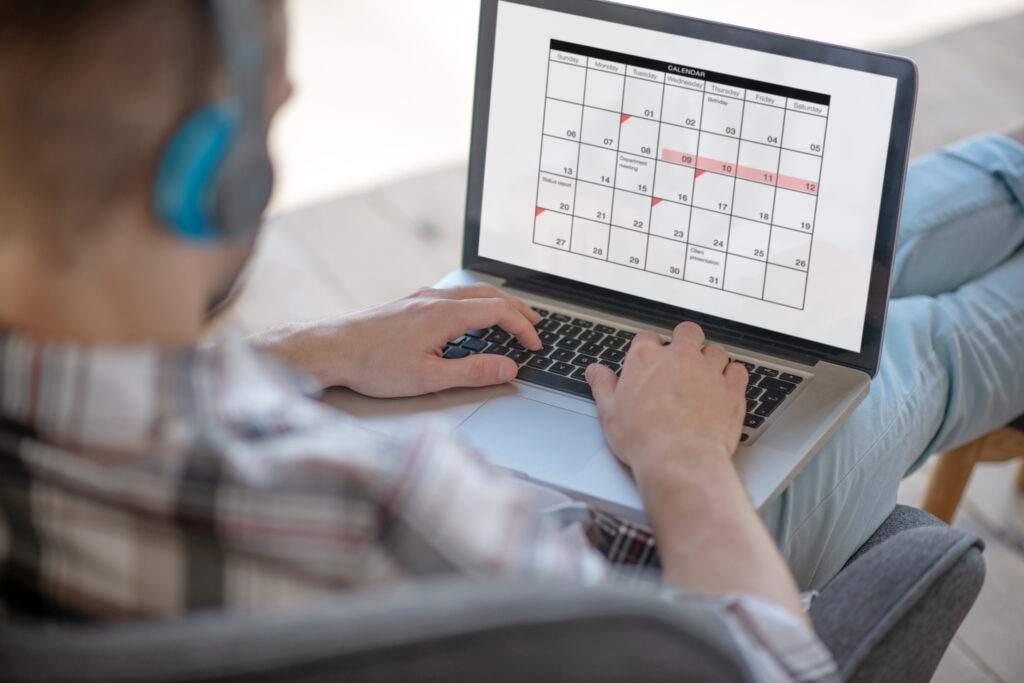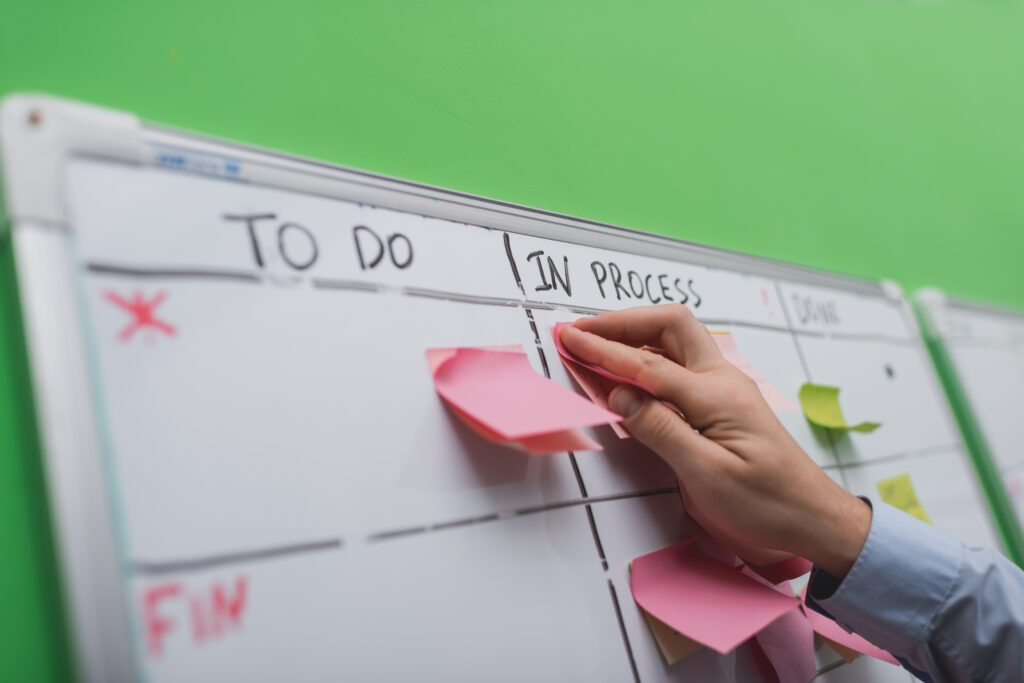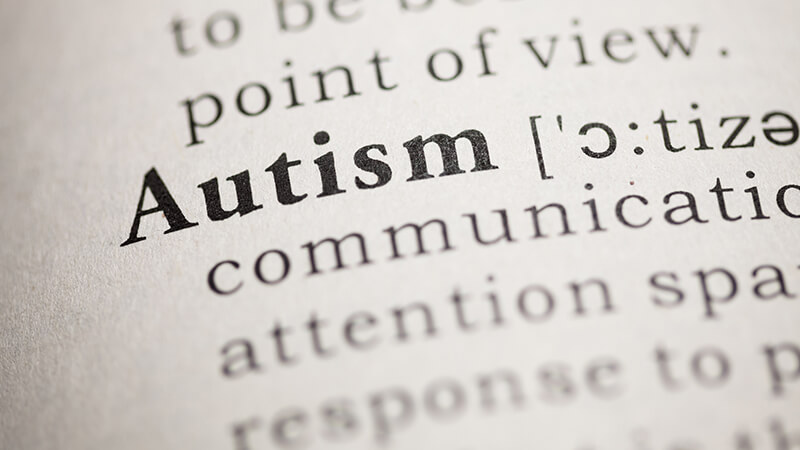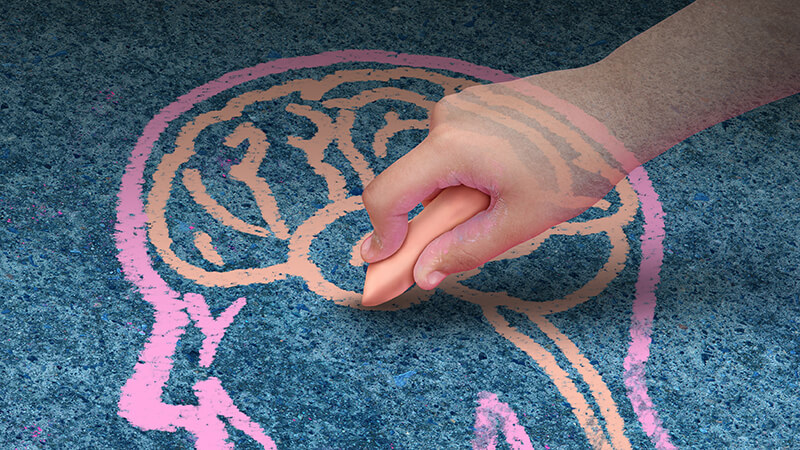Creating a routine for a young adult with special needs is one of the most important steps you can take to support their independence and well-being. Without structure, many young adults with autism, ADHD, or learning differences can feel overwhelmed, anxious, or disorganized. With a structured routine, they’re better equipped to handle daily life, develop life skills, and build confidence.
In one case I encountered in Fort Lauderdale, a family was struggling with their 18-year-old son who refused to complete basic hygiene tasks. He would avoid brushing his teeth, skip meals, and stay in bed past noon. Once we created a daily visual routine with a few basic steps and a reward system, the change was dramatic within two weeks.
If you’re working on creating a routine for a young adult with special needs, this step-by-step guide is for you. These 11 must-know hacks will help you develop routines that stick—and make a real difference.
Why Routine Matters for Special Needs Young Adults
Routine gives structure and predictability to daily life, which is especially important for young adults with special needs. It reduces anxiety by making each day more predictable and manageable. This structure also supports the development of critical life skills and increases independence.
Without a routine, many young adults can feel lost or unsure about what to do next. This can lead to frustration, meltdowns, or withdrawal. With a clear daily structure, they begin to rely less on prompts from others and more on their own ability to follow a plan.
For parents, routines also reduce stress. Instead of constantly reminding or negotiating, the schedule becomes the guide. Everyone benefits when expectations are clear.
Step 1: Start With the Basics
To build a strong routine, begin by documenting what your young adult already does each day. This includes wake-up time, meals, and bedtime. Don’t try to create an entirely new schedule—work from what’s familiar.
Next, look for missing parts. Are they consistently brushing teeth, eating regular meals, or changing clothes? Identify what’s missing and add small, specific steps to fill in those gaps.
Keep it simple and concrete. Break each part of the day into small steps. Instead of “get ready,” use:
- Wake up at 7:30 AM
- Turn off alarm
- Use the bathroom
- Brush teeth
- Get dressed
- Eat breakfast
These steps reduce confusion and help your young adult feel successful early in the day.
Step 2: Use Visual Schedules

Visual schedules are a great way to help young adults follow routines. They turn abstract plans into concrete steps they can see and understand. Whether it’s pictures, charts, or digital tools, these visuals guide them through the day.
There are several formats you can try:
- A printed daily chart with photos of each task
- An app on a phone or tablet that lets them check off completed steps
- A laminated schedule with Velcro icons that they can move or flip
Place these schedules in easy-to-see spots, like the fridge or bedroom wall. Start with a morning routine, then build out the rest as needed.
Consistency helps, but flexibility is important too—update the schedule as your young adult’s needs change.
Step 3: Keep the Routine Consistent
Young adults with special needs thrive on predictability. Once you’ve created a routine, the next step is to make it stick. This means doing the same activities at the same time, in the same order, every day.
For example, if lunch is at 12:00 PM, try not to move it around. If they usually shower before bed, keep that timing consistent. These patterns reduce decision-making stress and allow their brain to run on autopilot.
However, life happens. When changes are unavoidable, give plenty of warning. Use visual or verbal cues like:
- “Today we’re going to the doctor after breakfast.”
- Show a countdown timer or update the visual schedule to reflect changes
Consistency builds trust and makes the environment feel safe. Over time, you’ll notice they become more confident and require fewer prompts.
Step 4: Include Breaks and Downtime
A routine shouldn’t feel like a marathon. One of the most common mistakes is cramming too much into the day without allowing for recovery time. Breaks are essential for mental, emotional, and sensory regulation.
After each focused task or activity, include 5 to 10 minutes of downtime. This might look like:
- Listening to music
- Walking outside
- Drawing or fidgeting
- Sitting quietly with a pet
These breaks help reset the brain and improve focus for the next activity. If your young adult struggles with transitions, use timers or visual cues to help them know when a break is ending and another task is starting.
Also, be realistic. Build in longer free periods during parts of the day when energy or attention naturally dips, like mid-afternoon. This keeps the routine sustainable over time.
Step 5: Add Life Skills One by One
Learning life skills doesn’t happen overnight. Trying to teach laundry, cooking, money management, and social skills all at once is overwhelming. Instead, pick one new life skill to focus on each week or month.
Start with the most essential and age-appropriate skills. Examples include:
- Making a simple meal (like toast or a sandwich)
- Setting an alarm and getting up independently
- Cleaning a bathroom or organizing a backpack
Incorporate this skill into the daily routine. Practice it at the same time each day. For example, “Monday lunch: make a sandwich.” Use modeling, step-by-step instructions, and repetition.
Track progress and offer encouragement. Once the skill becomes routine, move to the next. Over time, your young adult will build independence naturally.
Step 6: Reinforce With Rewards
Motivation matters, especially in the beginning stages. Reinforcement can help routines become habits. Choose rewards that are meaningful to your young adult and easy to deliver.
Some reward ideas:
- Extra video game time
- Access to a favorite snack or activity
- Earning points toward a larger reward, like a trip
Set clear goals: “If you complete your morning routine without reminders, you earn 15 minutes of tablet time.” Be consistent and specific in your praise: “You did a great job brushing your teeth on your own today.”
Eventually, the routine itself becomes rewarding, but in the early stages, external motivation helps bridge the gap.
Step 7: Involve Them in the Planning
Autonomy is crucial. Even young adults with significant needs want to feel in control of their lives. Involving them in routine planning builds buy-in and helps reduce resistance.
Start with small choices:
- “Do you want to brush your teeth before or after breakfast?”
- “Would you rather walk the dog at 4 or 5 PM?”
Over time, involve them in setting goals and organizing the full schedule. You can work together to design their visual chart or choose new life skills to learn.
This teaches decision-making and gives them ownership over their progress. It also shows respect, which is key to building trust.
Step 8: Track Progress

Measuring progress helps you see what’s working and what needs adjusting. Use simple tracking tools that your young adult can also understand.
Ideas for tracking include:
- Daily checklists with boxes to mark completed tasks
- Weekly charts that show how often tasks were completed independently
- Sticker charts or point systems tied to rewards
Review the charts together once a week. Celebrate progress, even small wins. If something isn’t working, make changes as a team.
This process teaches accountability and reinforces that effort leads to results. It also gives you peace of mind, knowing you’re on the right track.
Step 9: Prepare for Transitions
Transitions are hard for many young adults with special needs. Whether it’s switching from school to summer break or moving to a new home, change can be overwhelming.
To make transitions smoother:
- Talk about the change early and often
- Use visuals to show what will be different and what will stay the same
- Visit new locations ahead of time if possible
- Create a temporary routine to bridge the old and new schedules
Keep your young adult involved in planning the new routine. Use countdown calendars, role-playing, or preview videos to help reduce uncertainty.
With preparation, transitions can become opportunities for growth instead of sources of anxiety.
Step 10: Include Social and Community Activities
A good routine includes more than chores and self-care. Social engagement is vital for building confidence, improving communication skills, and feeling connected to the world.
Make space for regular social or community-based activities. These might include:
- Attending a weekly support group or social skills class
- Volunteering at a local animal shelter or food pantry
- Participating in a local hobby club, art class, or fitness group
Start small. One weekly activity is enough. Encourage consistency by putting it on the schedule, and support them through any anxiety about meeting new people.
Social experiences teach critical life lessons, from making friends to handling rejection. These are skills that take practice like any other.
Step 11: Work With Professionals When Needed
Even with the best planning, you may reach a point where professional help is necessary. Therapists, coaches, and educators can offer new tools and perspectives that take your young adult’s routine to the next level.
Consider reaching out if:
- You’re seeing repeated meltdowns around certain tasks
- Your young adult refuses to follow the routine
- You’re unsure how to teach more advanced skills
In Fort Lauderdale and the surrounding areas, there are professionals who specialize in autism, ADHD, and other developmental conditions. They can help assess needs, develop personalized plans, and work directly with your young adult.
Working with a support team shows your young adult that it’s okay to ask for help and that everyone needs guidance sometimes.
How Can New Directions Help You?
At New Directions, we specialize in helping young adults with autism, ADHD, and other special needs build daily living skills in a supportive, structured environment. Our program is built around routine, life skills, therapy, and community integration.
If you’re ready to take the next step in creating a routine for a young adult with special needs, reach out today. We’re just minutes from Fort Lauderdale.
Visit us at: 3275 W Hillsboro Blvd #110, Deerfield Beach, FL 33442
Call: (954) 571-5102
Frequently Asked Questions
How can I help my young adult stick to a routine without constant supervision?
Gradually increase their independence by using visual schedules, alarms, and checklists, allowing them to take ownership of their daily tasks.
What should I do if my young adult resists following the routine?
Identify which parts of the routine are challenging and involve them in modifying it to better suit their preferences and strengths.
How can I make the routine adaptable for weekends or holidays?
Maintain core activities like meals and hygiene at consistent times, but allow for flexibility in leisure activities to accommodate special events or outings.
Are there specific tools or apps recommended for routine planning?
Yes, tools like visual schedule apps or physical planners can be effective; consult with a specialist to choose the best option tailored to your young adult’s needs.



